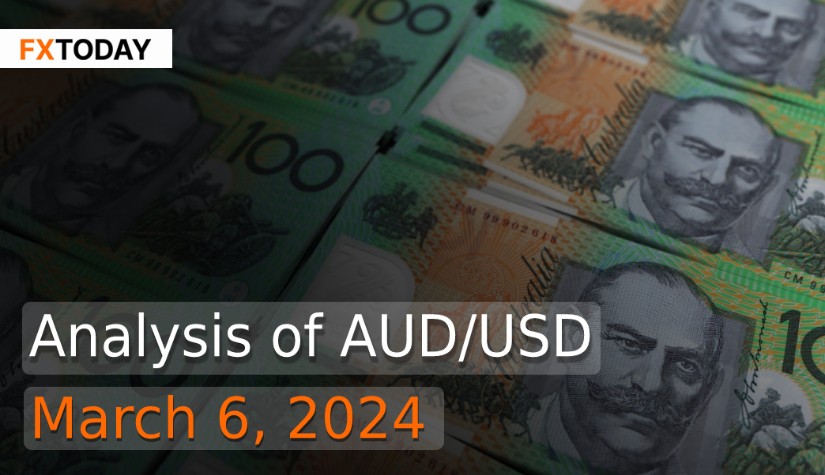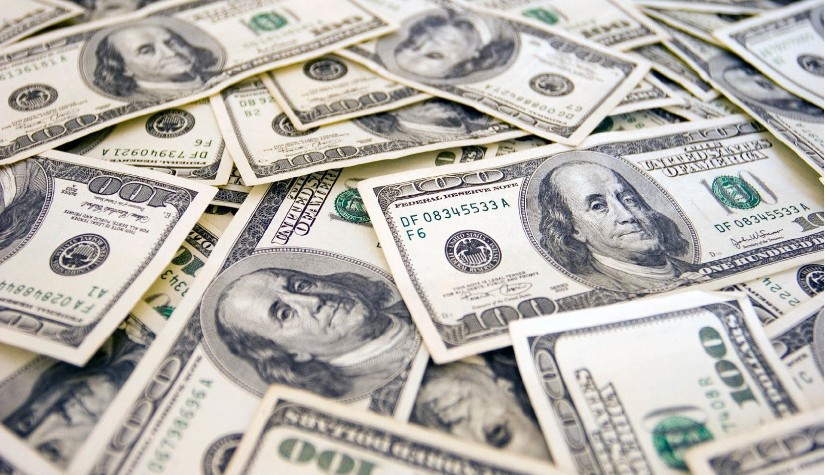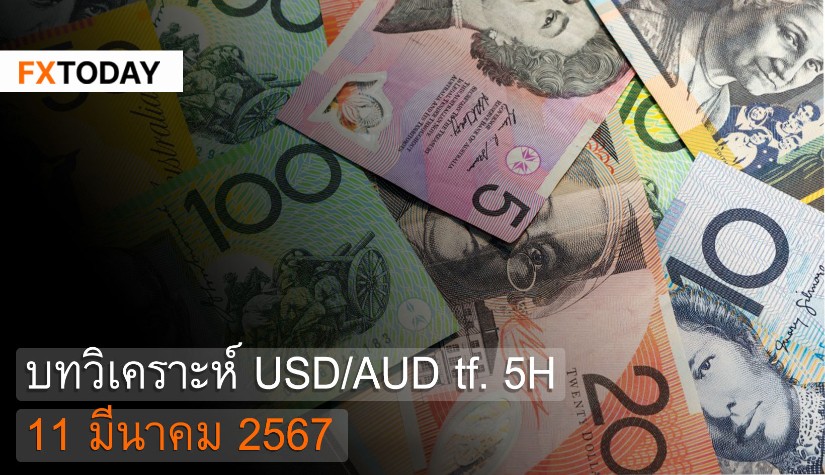Australian Economy Sees Modest Growth Amidst Consumer Spending Decline
In the fourth quarter of the previous year, Australia's economy experienced anticipated growth, primarily driven by robust government and business expenditures and consistent exports. This growth helped counterbalance a general decline in consumption. However, the pace of economic expansion was modest, with real GDP increasing by 0.2%, slightly below the expected 0.3%. The annual growth rate slowed to 1.5%, down from the previous quarter's 2.1%, marking the lowest level since early 2021 when the economy was recovering from the pandemic-induced recession.
A notable indication of weakened domestic demand was the absence of contribution from household spending to economic growth in the fourth quarter. Essential spending rose by 0.7%, but discretionary spending fell by 0.9%, resulting in no net contribution from household spending. Additionally, GDP per capita declined by 0.3% in the fourth quarter, marking the third consecutive quarterly decrease – the longest declining streak since 1982. Although the household saving ratio rebounded by 3.2%, it remained relatively subdued.
Increased government spending emerged as a significant driver of GDP growth, with Canberra allocating more funds to household benefits and government employee salaries. Defense spending, however, decreased during the quarter. Export recovery also played a crucial role, exceeding expectations in the fourth quarter. Net exports made a more substantial contribution than anticipated, driven by steady metal exports to China and heightened demand for heating fuels in Asia and Europe during the winter season.
The economic slowdown prompted the Reserve Bank of Australia (RBA) to maintain interest rates at 4.35% in February after a series of increases. While markets are confident that the tightening cycle has concluded, futures pricing suggests potential rate relief may not occur until September. The RBA, acknowledging below-trend economic growth in the coming years, emphasized the need to keep interest rates higher for longer, particularly in the face of sticky inflation. The central bank had previously warned of the possibility of further rate hikes earlier in the year.
The U.S. dollar's strength against a basket of currencies slightly decreased after data revealed a slowdown in U.S. services industry growth and in anticipation of key events, such as the European Central Bank rate decision, Federal Reserve Chair Jerome Powell's congressional testimony, and U.S. jobs data.
In the U.S., services industry growth slowed in February, accompanied by a decline in employment. However, new orders for U.S.-manufactured goods increased, indicating underlying strength in the sector. Manufacturing, constituting 10.3% of the U.S. economy, showed signs of recovery after facing challenges from interest rate hikes. The Federal Reserve, while expected to cut interest rates, faces uncertainty due to lingering high inflation, primarily driven by the services sector.
Federal Reserve Chair Jerome Powell's congressional testimony is anticipated to emphasize the need for more data before considering rate cuts. U.S. employment figures for February hold the potential to impact markets, with economists expecting a slowdown in hiring. Markets have priced in a 60% chance of a rate cut in June, reflecting ongoing uncertainties in the global economic landscape. Consequently, the Australian dollar might continue to experience some downward pressure compared to the US dollar in this timeframe, given the notable disparity in yields between the two nations, with potential minor fluctuations based on economic indicators.
Data for Technical Analysis (30Min) CFD AUD/USD
Resistance : 0.6515, 0.6516, 0.6518
Support : 0.6511, 0.6510, 0.6508
30Min Outlook
Source: Investing.com
Buy/Long 1 If the support at the price range 0.6506 - 0.6511 is touched, but the support at 0.6511 cannot be broken, the TP may be set around 0.6516 and the SL around 0.6504, or up to the risk appetite.
Buy/Long 2 If the resistance can be broken at the price range of 0.6515 - 0.6520, TP may be set around 0.6523 and SL around 0.6509, or up to the risk appetite.
Sell/Short 1 If the resistance at the price range 0.6515 - 0.6520 is touched, but the resistance at 0.6515 cannot be broken, the TP may be set around 0.6511 and the SL around 0.6522, or up to the risk appetite.
Sell/Short 2 If the support can be broken at the price range of 0.6506 - 0.6511, TP may be set around 0.6500 and SL around 0.6517, or up to the risk appetite.
Pivot Points Mar 6, 2024 03:22AM GMT
|
Name
|
S3
|
S2
|
S1
|
Pivot Points
|
R1
|
R2
|
R3
|
|---|---|---|---|---|---|---|---|
| Classic | 0.6506 | 0.6508 | 0.6511 | 0.6513 | 0.6516 | 0.6518 | 0.6522 |
| Fibonacci | 0.6508 | 0.651 | 0.6511 | 0.6513 | 0.6515 | 0.6516 | 0.6518 |
| Camarilla | 0.6512 | 0.6513 | 0.6513 | 0.6513 | 0.6515 | 0.6515 | 0.6516 |
| Woodie's | 0.6506 | 0.6508 | 0.6511 | 0.6513 | 0.6516 | 0.6518 | 0.6522 |
| DeMark's | - | - | 0.6512 | 0.6513 | 0.6517 | - | - |
Sources: Investing 1, Investing 2
















